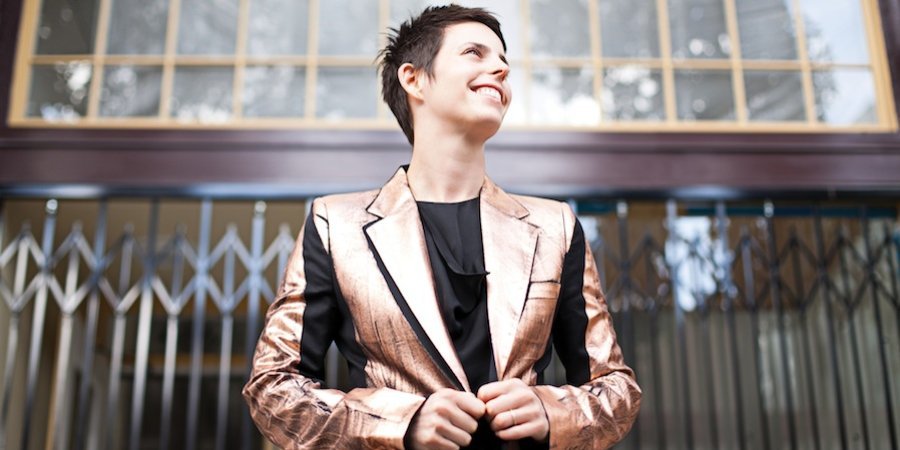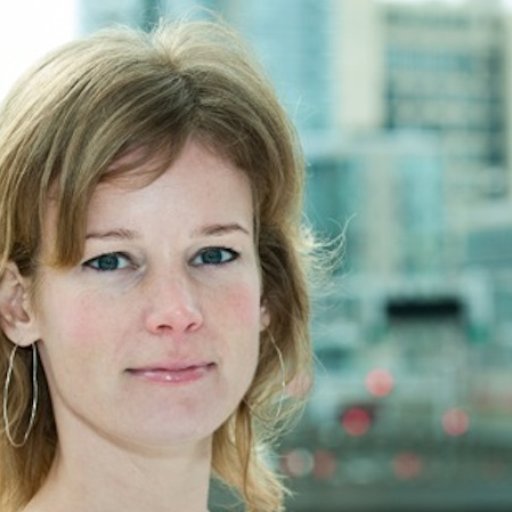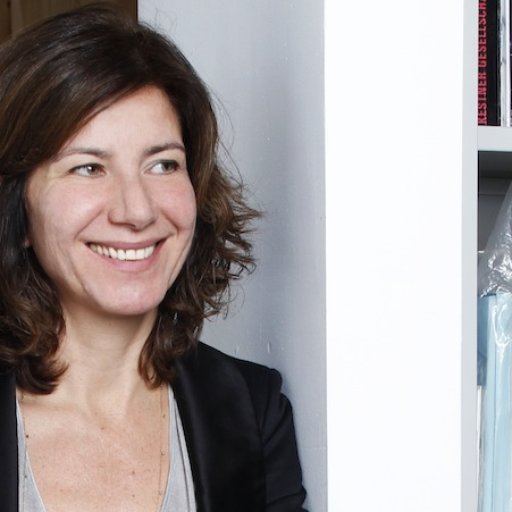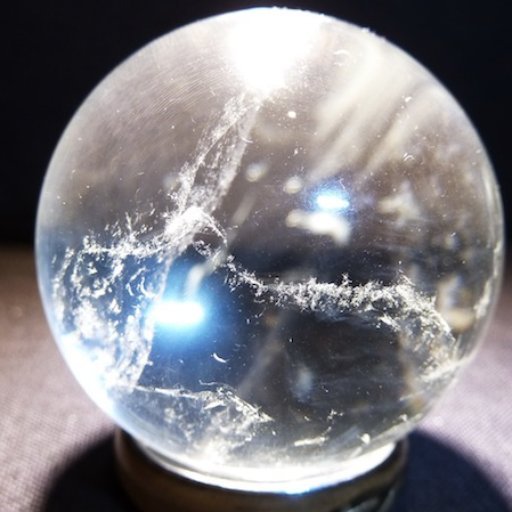Though just out of her twenties, Jessica Silverman has a decade of gallery experience behind her, having opened her first space as a student at Otis College of Art & Design in Los Angeles. After moving to San Francisco, she opened her eponymous gallery there, relocating it last November to a larger space in the once rough-and-tumble Tenderloin district. She also curates on the side—most recently overseeing the program at Fused Space, the exhibition venue attached to the designer Yves Behar's studio—and fills out her schedule as a member of the San Francisco Arts Commission.
The artists shown at her gallery span from emerging to established, with such rising stars on the international stage as Hayal Pozanti and Hugh Scott-Douglas alongside Californians like Christopher Badger and Tammy Rae Carland, whose art is currently on view. Next month, work by another Californian from her stable Dashiell Manley will go on view on the New York as part of the Whitney Biennial.
Silverman spoke with us about what drew her into the business and the changing art landscape of San Francisco, where tech billionaires mingle with the creative class.
You originally went to school to be an artist, what drew you to the gallery side of the art world?
As an undergraduate, I felt much more engaged in the conversations I was having with other artists about their work than in my own art practice, so I turned my studio into a gallery, calling it Studio 228, after my room number. Subsequently, I did the masters program in curatorial practice at the California College of the Arts, opening up a project space before I graduated.
My grandparents were avid collectors when I was growing up. I have always been curious about the impetus to collect and the desire to surround oneself with art. I understood a side of things that a lot of my fellow students didn’t. From pretty early on, I had a sense of how to build artists careers.
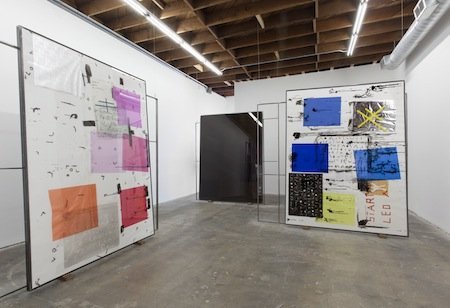 Dashiell Manley, installation view of "The Great Train Robbery (Scene 3 Version A),"
Dashiell Manley, installation view of "The Great Train Robbery (Scene 3 Version A),"
at LA><Art, Los Angeles, 2013.
How do you see the diverse lineup of artists in your program fitting together?
The gallery is known for discovering emergent artists in California and bringing them to an international audience as well as introducing foreign artists to San Francisco. The gallery has a strong concept-driven roster that embraces both rigorously abstract and hyper-figurative work. Most recently, we started to represent two older “artists’ artists” who have been under the radar—Barbara Kasten and Amikam Toren. In May, we will show a fantastic young artist, Ruairiadh O’Connell, whose work I discovered on a recent trip to London.
On the collector side of the equation, much has been made recently of a growing interest in collecting among Silicon Valley types. Do you find that these clients are bringing a different attitude and set of expectations when they look at art?
I try not to over-dramatize or speculate on the potential of tech-sector collectors. Instead, I enjoy the relationships we are building with new clients who have shown a real willingness to look at things with an open mind. Good collecting means going to galleries and museums, seeing lots of art, reading about art and buying with your eyes, not your ears.
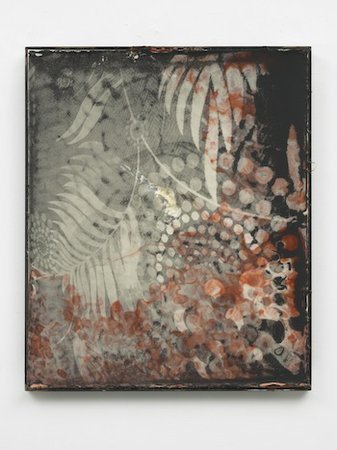 Ruairiadh O'Connell, MGM, 2013.
Ruairiadh O'Connell, MGM, 2013.
You recently relocated your gallery in the Tenderloin, while in recent years other San Francisco galleries have moved out to the Potrero Hill neighborhood. Can you break down some of the different parts of the city's gallery scene?
Traditionally, the best gallery districts—like Chelsea in New York or Culver City in Los Angeles—burgeon in areas that are close to collectors and curators but have low price-per-square-foot rental rates. The Tenderloin is exactly that kind of area. The spaces are much more museum-like, exciting, and versatile than those found elsewhere in the city.
Potrero is almost like the suburbs compared to the Tenderloin, but has some important spaces including the Wattis gallery and Fused Space where I curate shows.
How has the city’s contemporary art milieu evolved over the last decade?
Gallery spaces remain very important in San Francisco, despite the ascendancy of art fairs and auctions, because serious art world people care about solo shows in dedicated art spaces. SFMOMA will re-open in a larger space in 2016. Combined with strong contemporary galleries, the new FOG art fair, and a growing number of collections, such as the Pilara collection at Pier 24, opening their doors to the public, this will make the Bay Area’s position on the art world map more significant.
 Amikam Toren, Simple Fractions XVI, 1975.
Amikam Toren, Simple Fractions XVI, 1975.
What is the best thing about running a gallery in San Francisco?
You get to live in San Francisco, away from the heat of the market, but surrounded by some of the best collections in the world.











